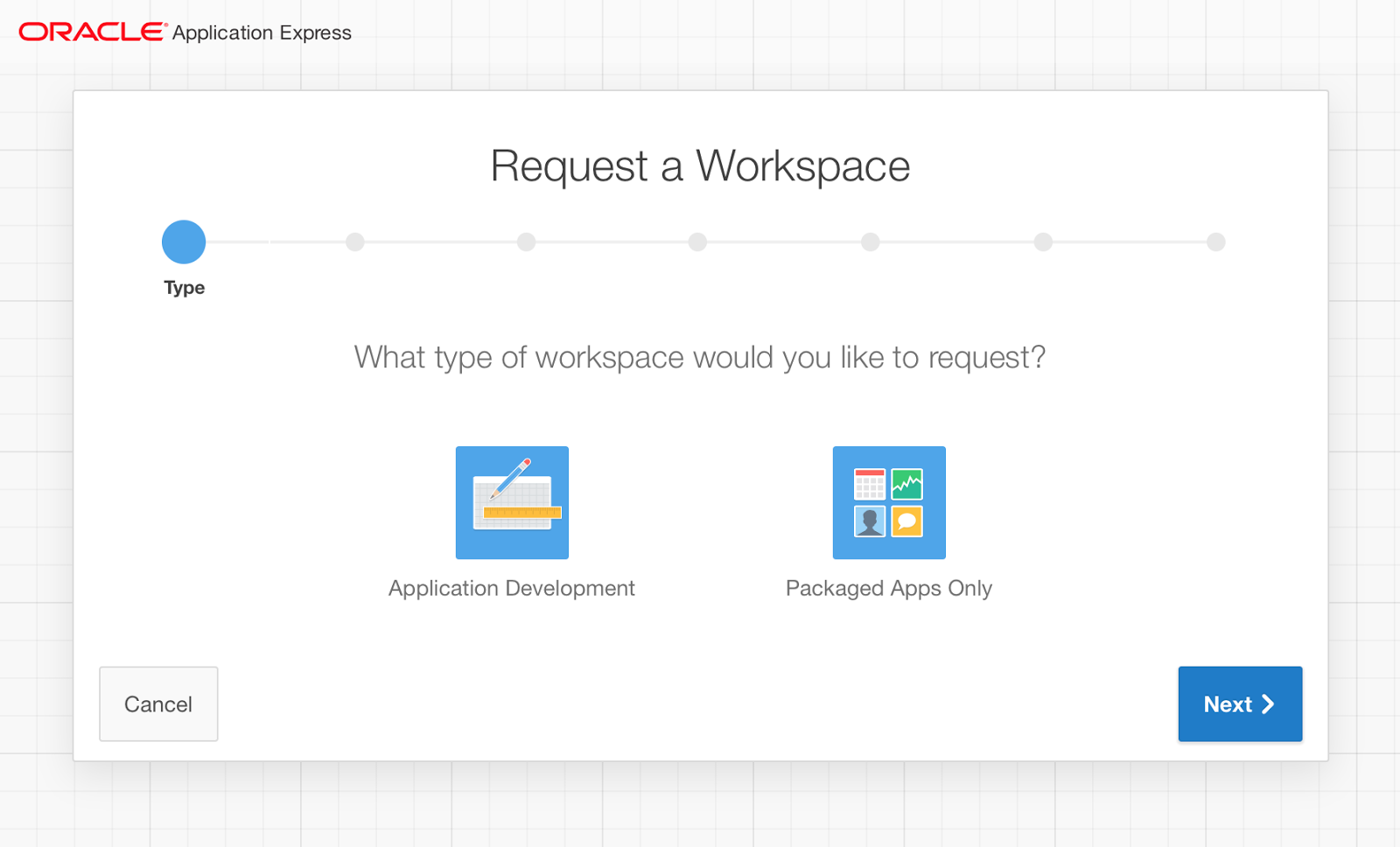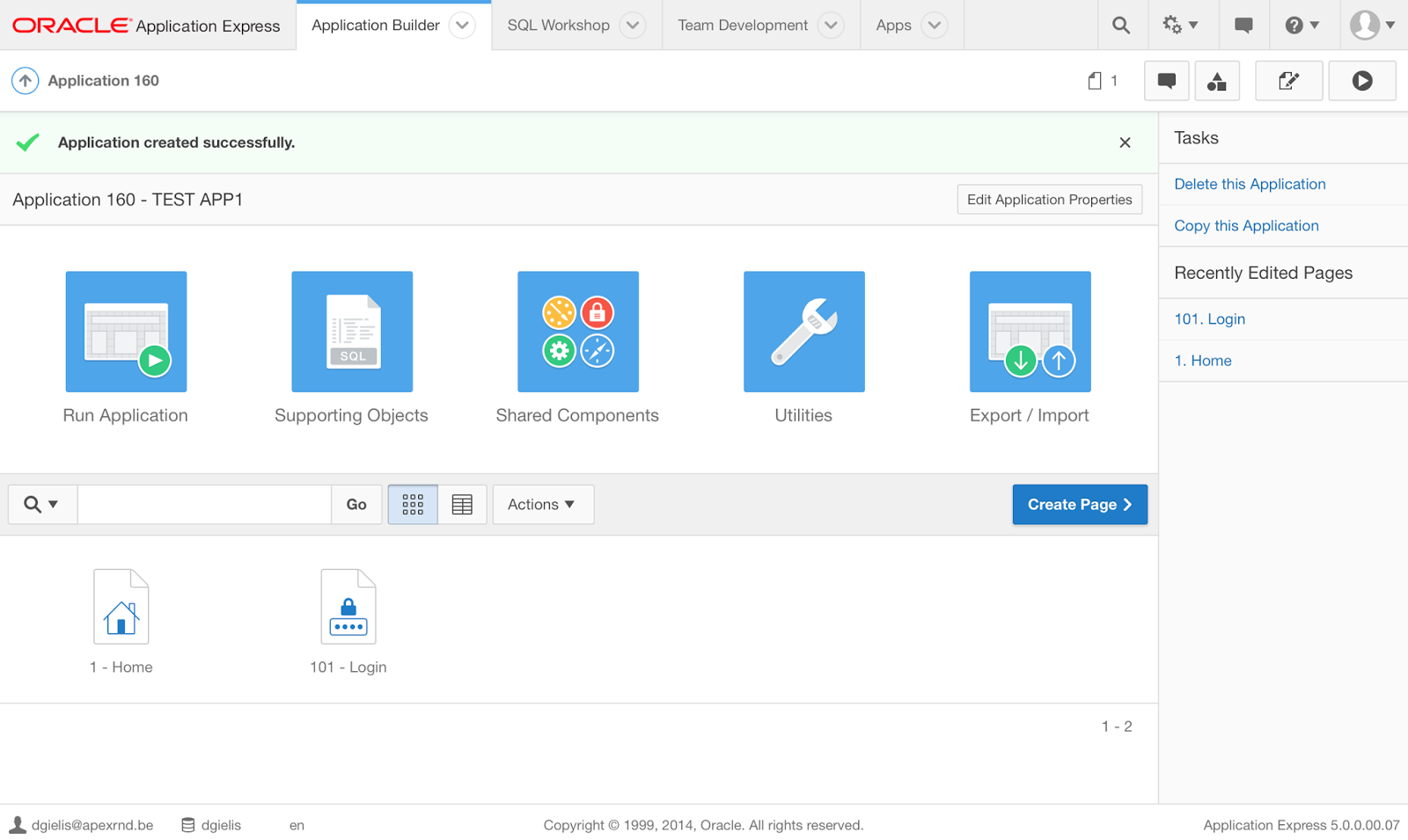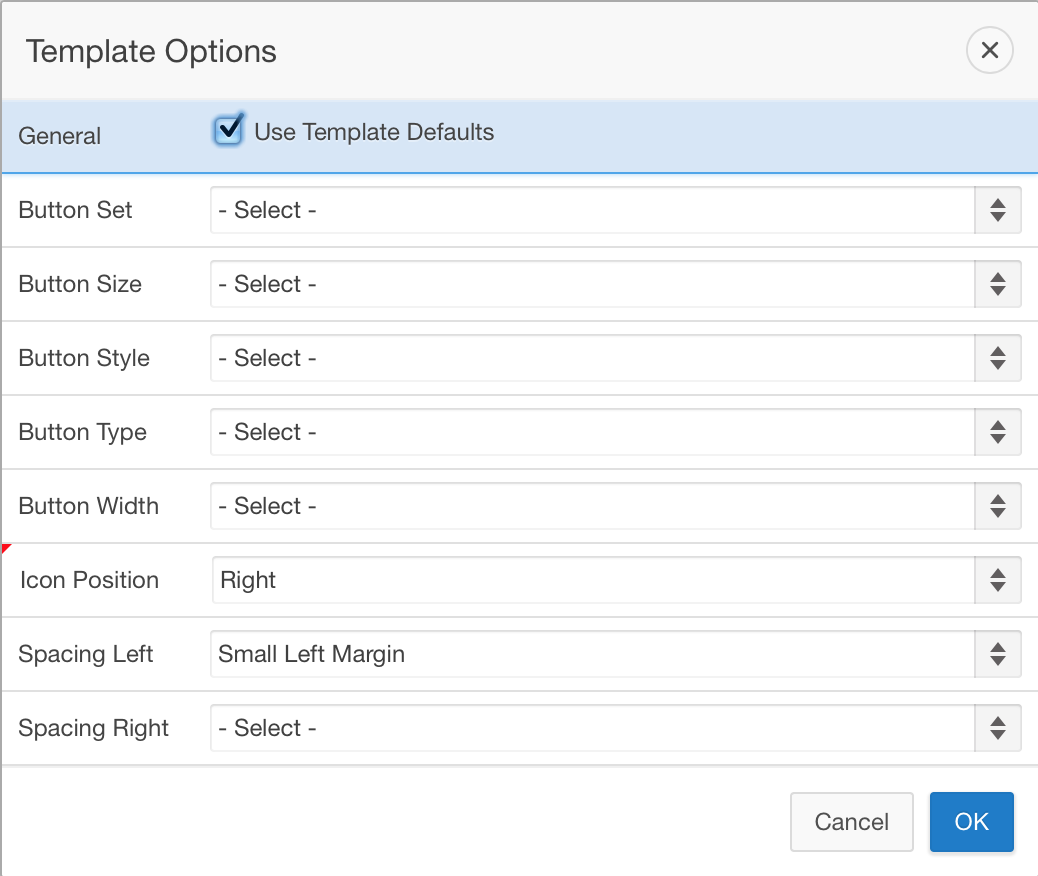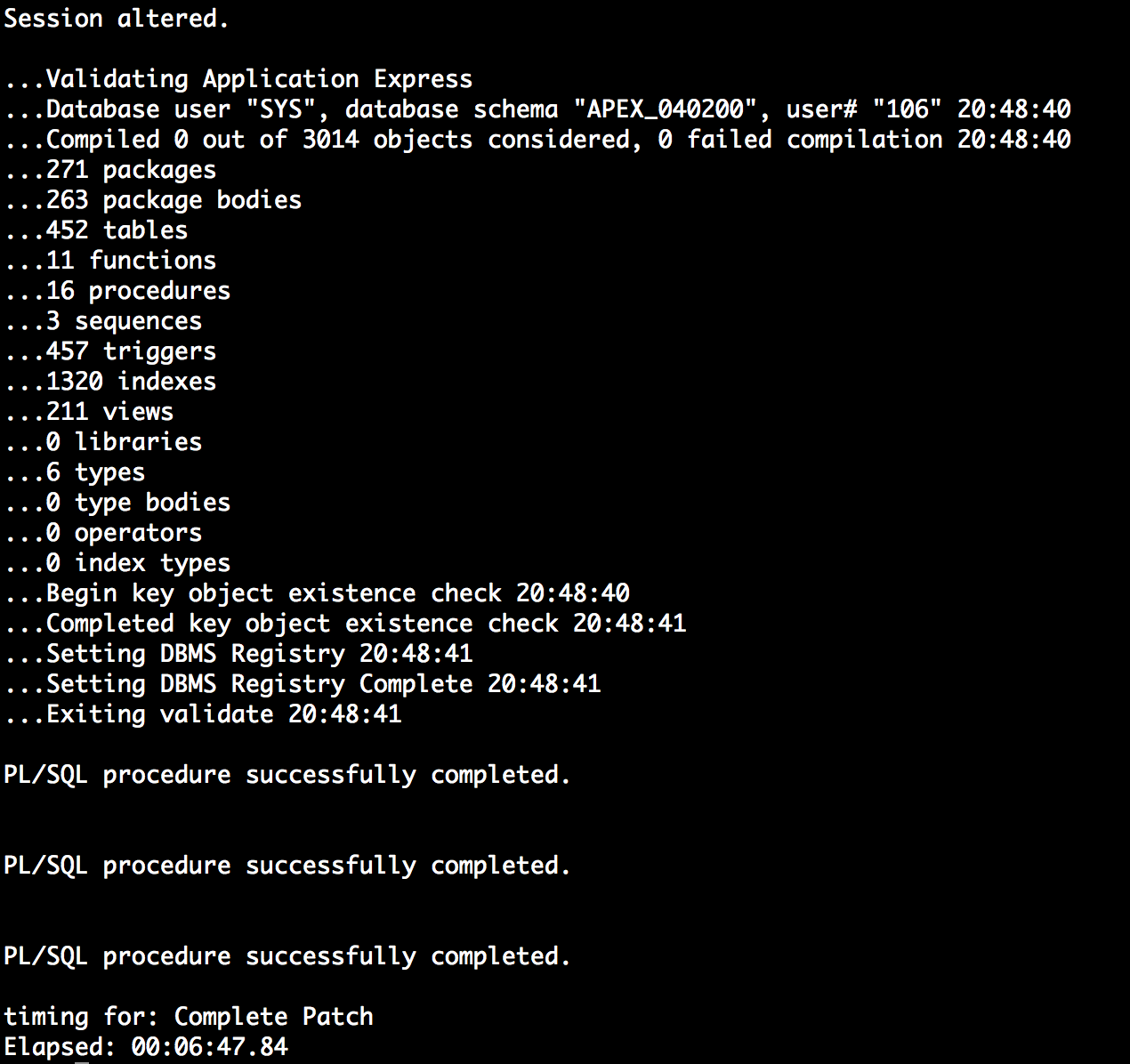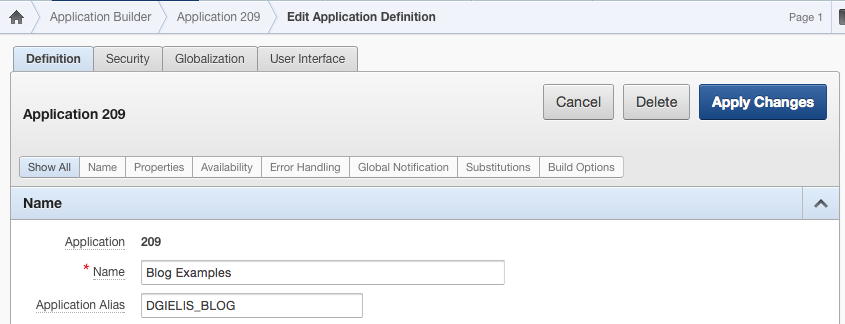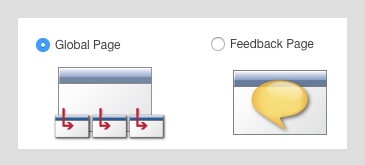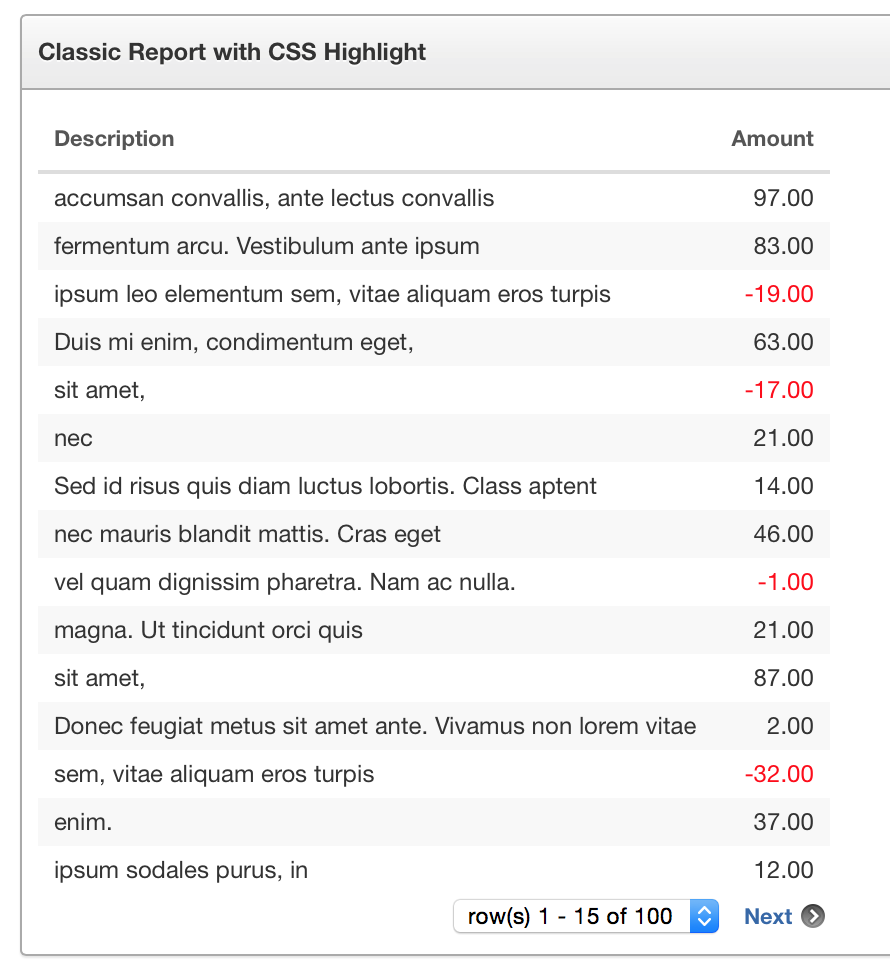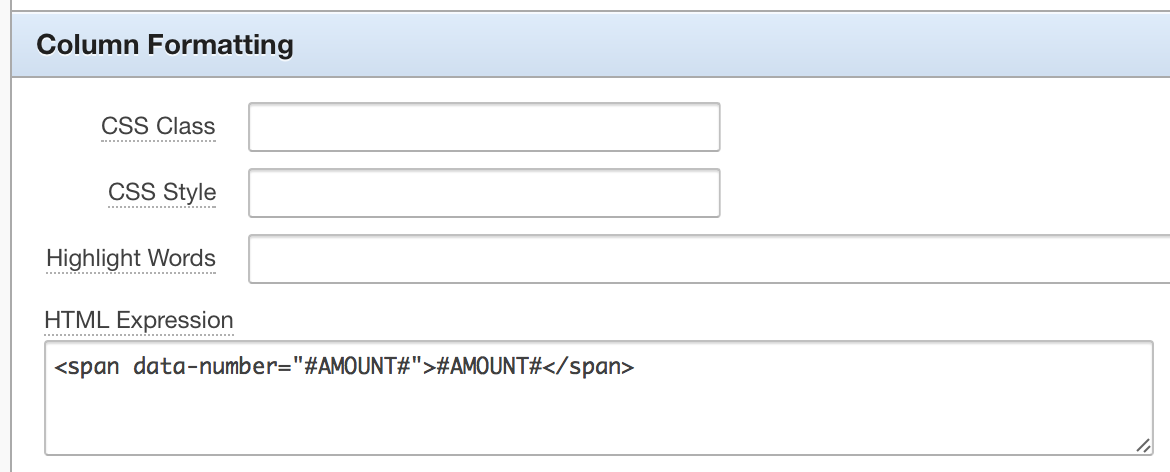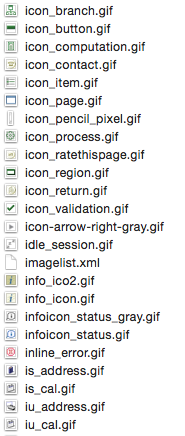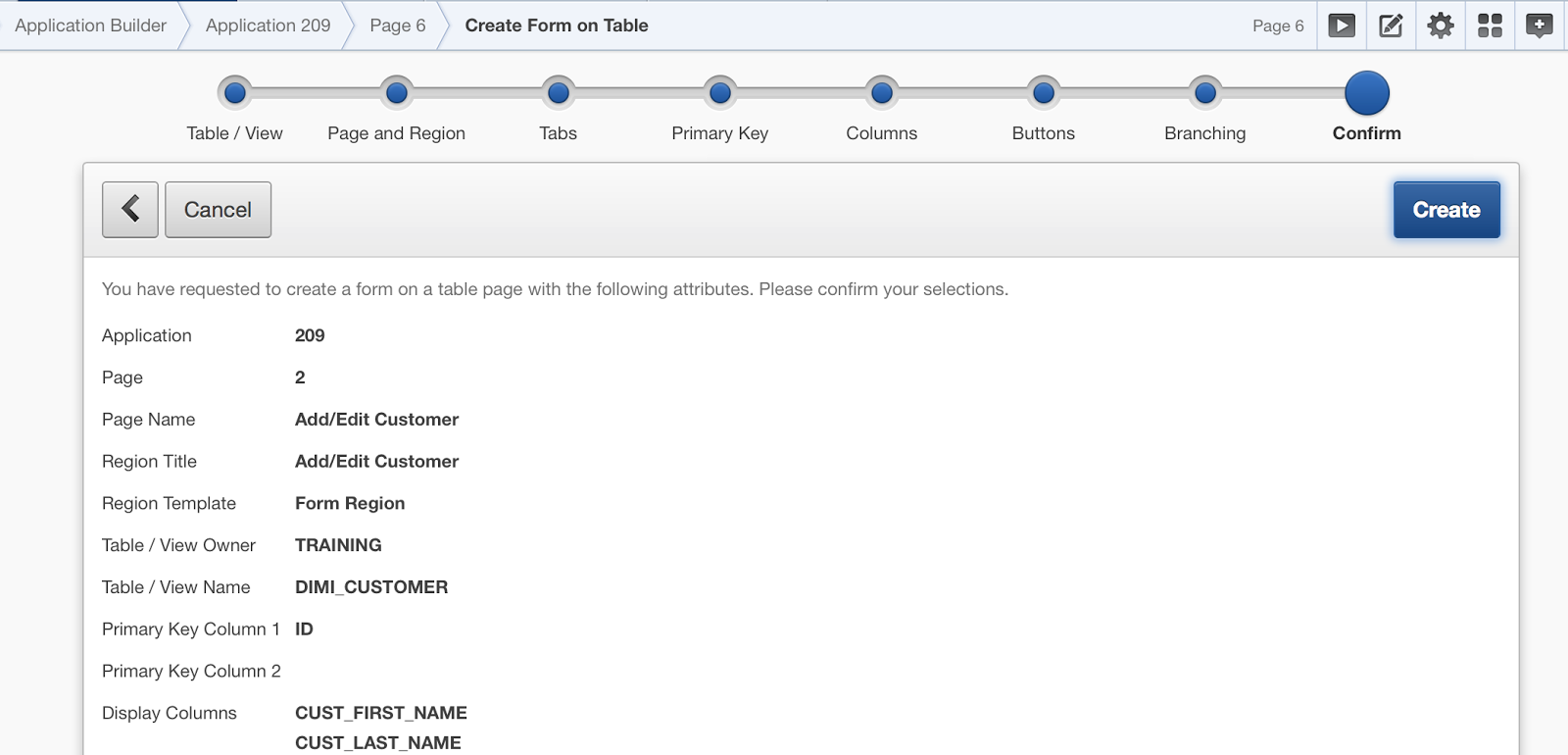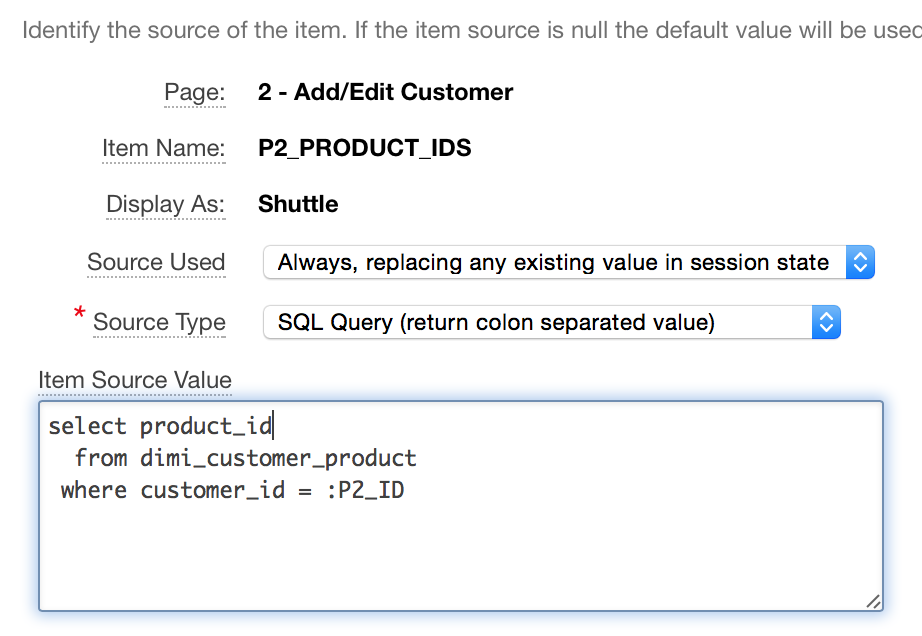You can now request a workspace in the brand-new version of Oracle APEX 5.0 (EA2).
Once requested a workspace you will get an email to activate it - and you're up-and-running!
The login screen looks awesome:
And then you see the new APEX Builder - new theme, with all new icons:
The Application Builder looks different now too - look at the nice icons and new style of Interactive Report:
When finished it opens the page in the new Page Designer:
It looks like all the components are now available in the Page Designer (Shared Components for ex. wasn't available in EA1 - but it is now)
Creating new pages work well and the new universal theme (theme 42) looks nice too.
Oracle APEX went flat design, with bright color blue and grey and nice icons (which are available as a font).
More to come in other blog posts... have fun! and thanks to the APEX Development team for another great release.
Once requested a workspace you will get an email to activate it - and you're up-and-running!
The login screen looks awesome:
And then you see the new APEX Builder - new theme, with all new icons:
The Application Builder looks different now too - look at the nice icons and new style of Interactive Report:
Creating a new application - the wizard is more streamlined:
Creation of a new page is now with a modal window implementation:
It looks like all the components are now available in the Page Designer (Shared Components for ex. wasn't available in EA1 - but it is now)
Creating new pages work well and the new universal theme (theme 42) looks nice too.
Oracle APEX went flat design, with bright color blue and grey and nice icons (which are available as a font).
More to come in other blog posts... have fun! and thanks to the APEX Development team for another great release.
